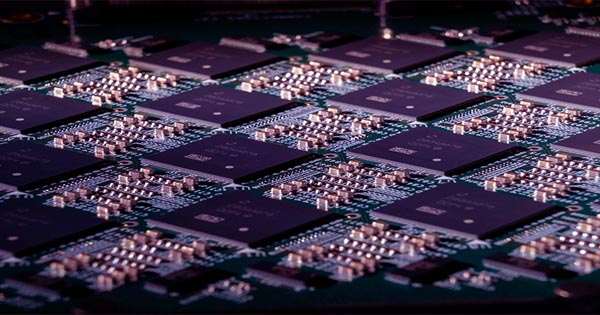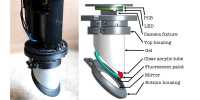Cerebras Systems has developed a Goliath computer chip that may be able to outperform the competition in specific tasks, published in a preprint paper (not yet peer-reviewed) between Cerebras and the National Energy Technology Laboratory (NETL) in RXIV and a collaboration Presented at the SC20 conference this week. As smartphones and computers get smaller, there is pressure on technology companies to maintain and produce faster computer chips than ever before but smaller than their size or predecessors, however, one company still believes the better. Created to “revolutionize deep learning”, the CS-1 measures across 6.5 inches (21.6 cm), packs 1.2 trillion transistors, and, according to the company, rivals the supercomputer joule 2.0 (22nd fastest supercomputer), 200 times faster than the world) in a combustion simulation. In fact, this chip can be so fast that it can mimic an event faster than being real-time.
The company claims that CS-1 “can predict what is going to happen in the future faster than the laws of physics reveal the same results,” With the expectation of surpassing the chip in simulations. Keeping fast-real-time performance true, the chip could use a large array of applications – potential use in power plants. The chip performs constant simulations and observations, making it possible for any CS-1-integrated system to predict the results of operating under certain conditions before it is possible. It would be revolutionary in modeling threat alert systems and scenes.
So, how is the chip capable of such impressive performances? The more transistors, the more chips can work at the same time. Well, CS-1 is really, really big. Computer chips use transistors, which are smaller semiconductors that amplify or switch electronic signals to perform complex calculations.
The 100 GPU at NVIDA, the world’s second-largest chip, packs a whopping 54 billion transistors. That’s a pretty huge number but compares it to CS-1’s 1.2 trillion transistors. Simply put, technology companies aim to constantly reduce the size of their components so that they can pack more transistors, effectively increasing the speed and raw processing power of their chips.
However, don’t expect to see a chip like this on your computer anytime soon. This type of single chip is used for very specific applications and you will probably see very different results in tasks not done like the architecture of the chip. It also attracts an impressive amount of power – 20 kilowatts is enough for a single chip, even though the power consumption of joule 2.0 is only a fraction.
It will be interesting to follow whether single-chip designs become the new standard for scientific modeling, or the huge new supercomputers that come soon, more applicable to the wide array of essential work required of a supercomputer, despite having extremely niche skills.














